The physics behind the bubbles in your champagne
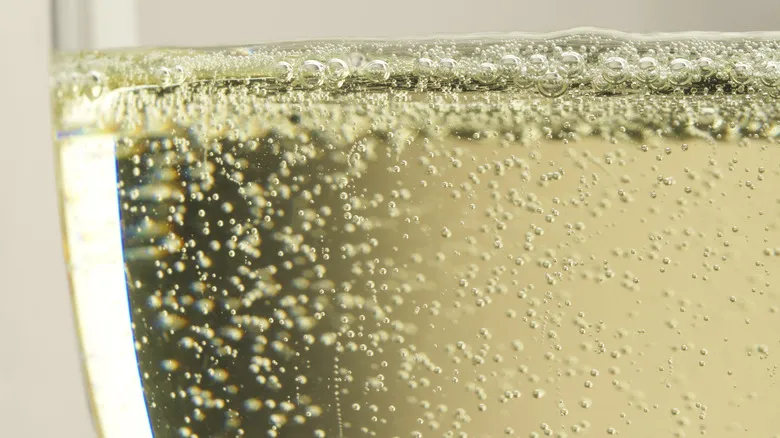
Champagne derives its distinctive effervescence from the carbonation process that occurs during its production. This bubbly quality is part of what makes Champagne such an appealing beverage. When you enjoy it, you don't just taste the wine; you also experience its texture.
In this regard, a bottle of Champagne is quite similar to a can of soda, which also achieves its fizz through carbonation. If you've ever left a can of Coke out for a few hours, you may have noticed how the carbonation fades over time. The same principle applies to Champagne. Once you open the bottle and pour it, the carbon dioxide that creates Champagne's sparkle quickly escapes into the atmosphere. You can observe this phenomenon by looking into the bottle — you'll see numerous tiny bubbles rising from the bottom to the surface. These bubbles are carbon dioxide! As they burst, the gas is released from the wine into the air. As more bubbles pop and the dissolved carbon dioxide decreases, the Champagne loses its effervescence and eventually becomes flat.
That's why the ideal time to enjoy your Champagne is while it's still beautifully carbonated. You can certainly drink it after it has gone flat, but the experience won't be nearly as delightful as it was initially.
How you can keep those bubbles around for as long as possible
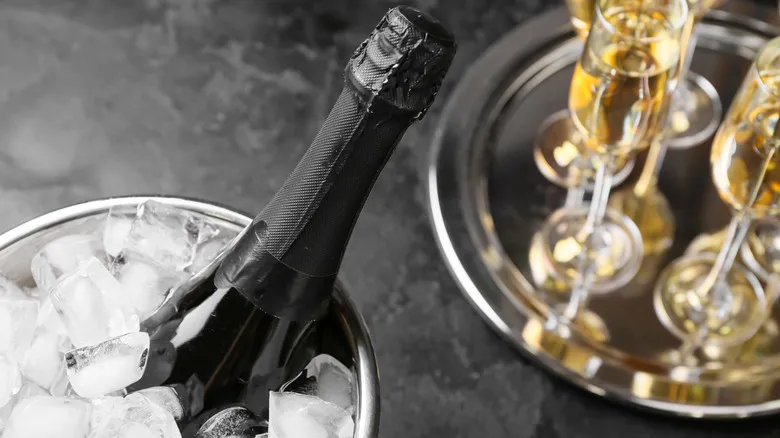
As previously noted, the best time to savor Champagne is within 24 hours of opening the bottle. However, if you can't finish it in that period, there are a few methods to preserve it for later enjoyment.
First, make sure to chill the Champagne — the colder, the better (just avoid freezing it). According to the Iowa State University Midwest Grape and Winery Institute, lower temperatures enhance the solubility of carbon dioxide in the wine, helping it maintain its fizz for a longer duration. When stored properly in the refrigerator, your opened Champagne can remain bubbly for up to three to five days before it starts to lose its sparkle.
Over time, various tricks have emerged to help keep Champagne's effervescence, including the well-known "insert a spoon handle into the bottle" method. However, this is simply a myth. In fact, it's best to refrain from putting anything into the bottle, including the original cork. Research from Stanford University indicates that just leaving the Champagne bottle open in the fridge is enough to keep your sparkling drink... well, sparkling, for an additional day!
Recommended
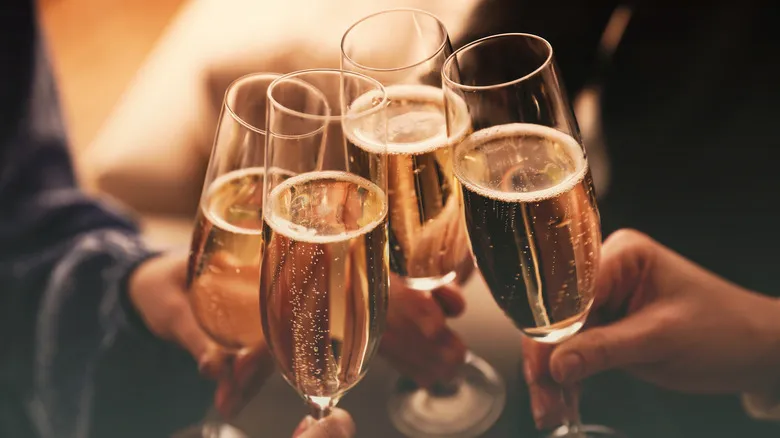
What Is The Difference Between Champagne And Prosecco?
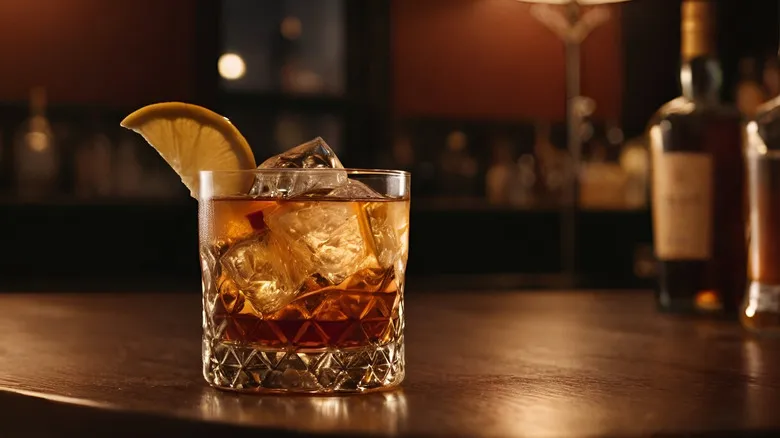
For The Best Cocktails, You Need A Pinch Of MSG
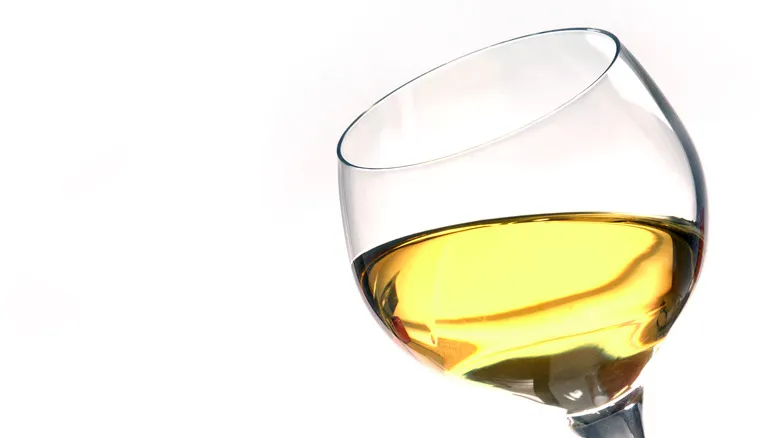
What Are Sulfites In Wine?
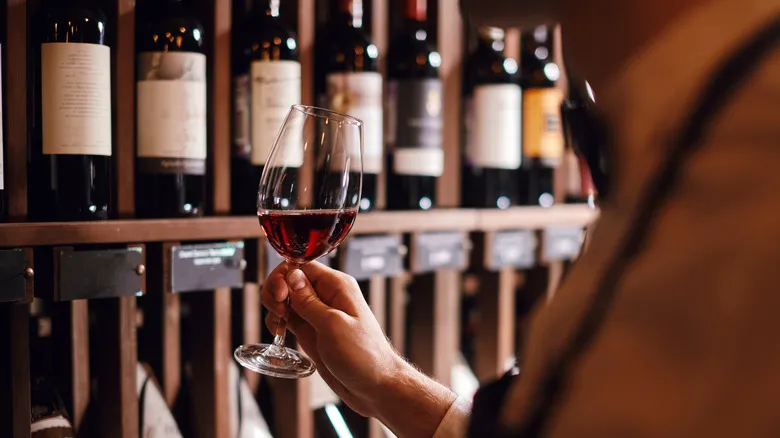
Why The Location Can Be The Biggest Red Flag On A Wine Label
Next up

